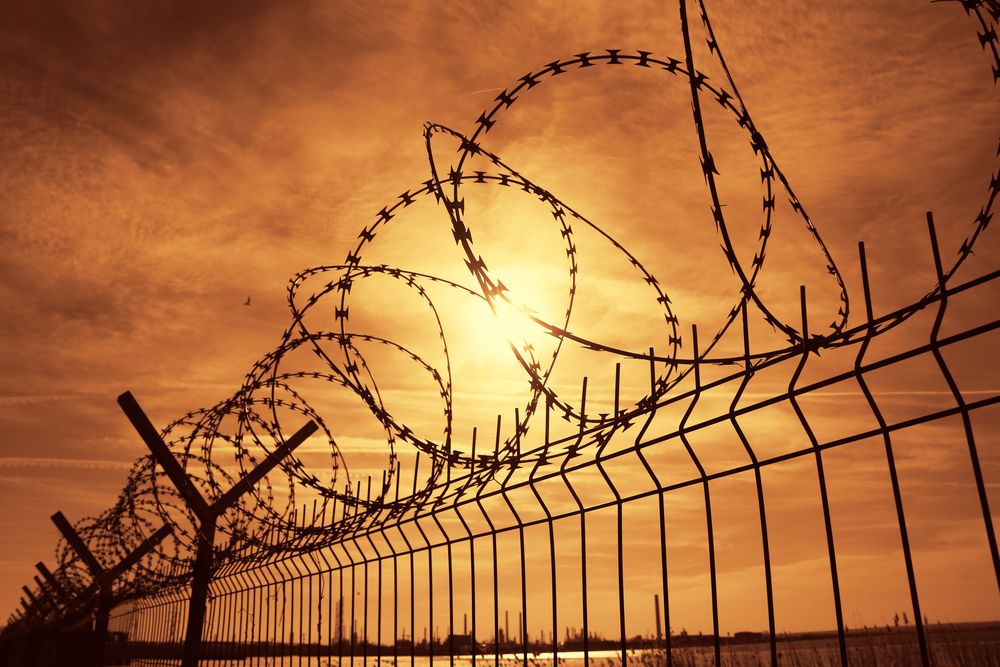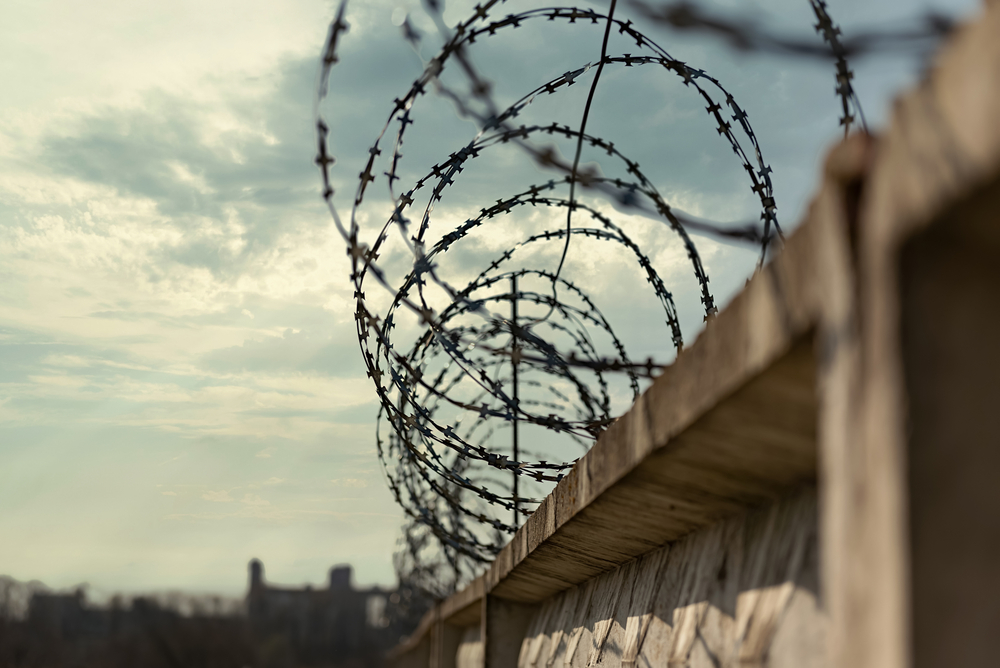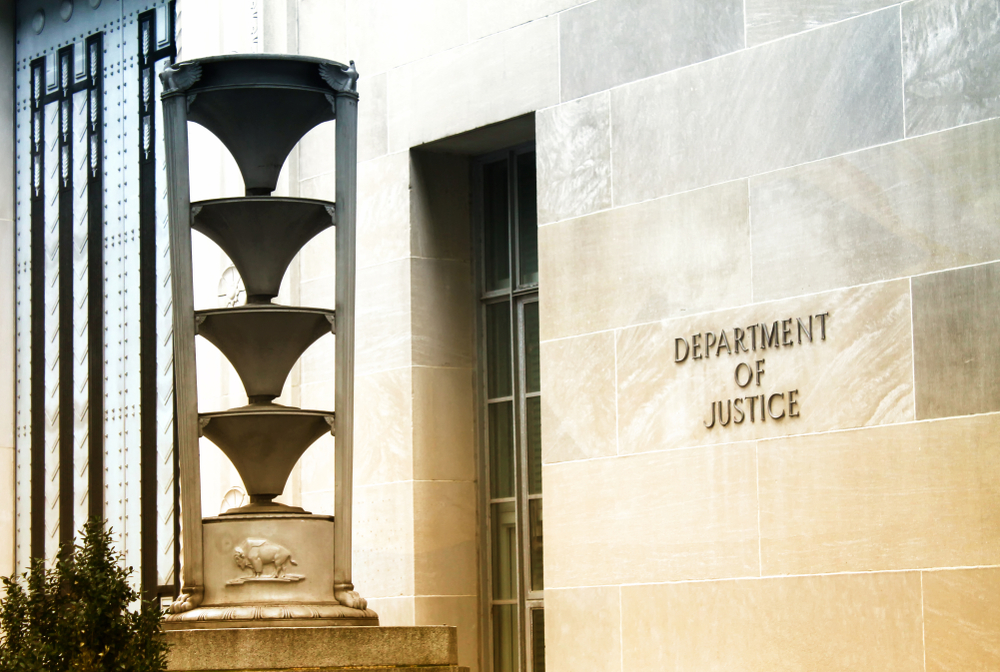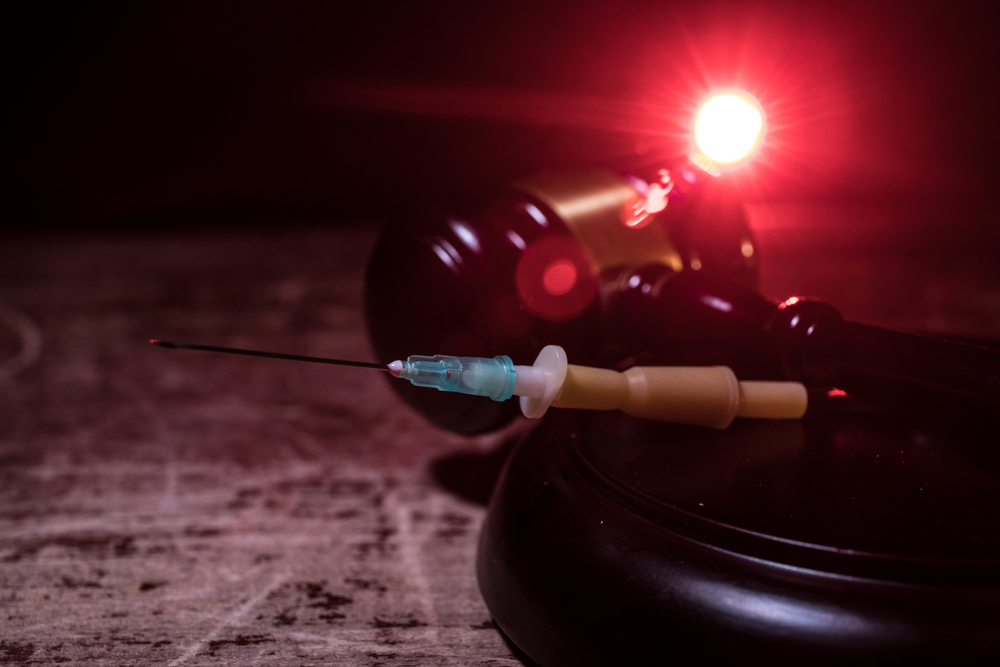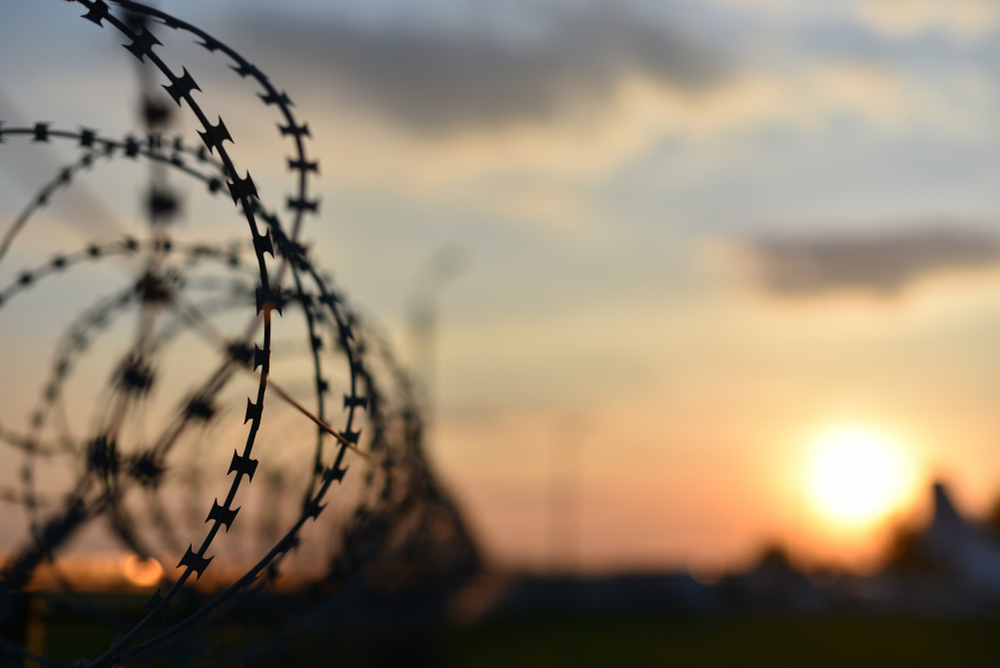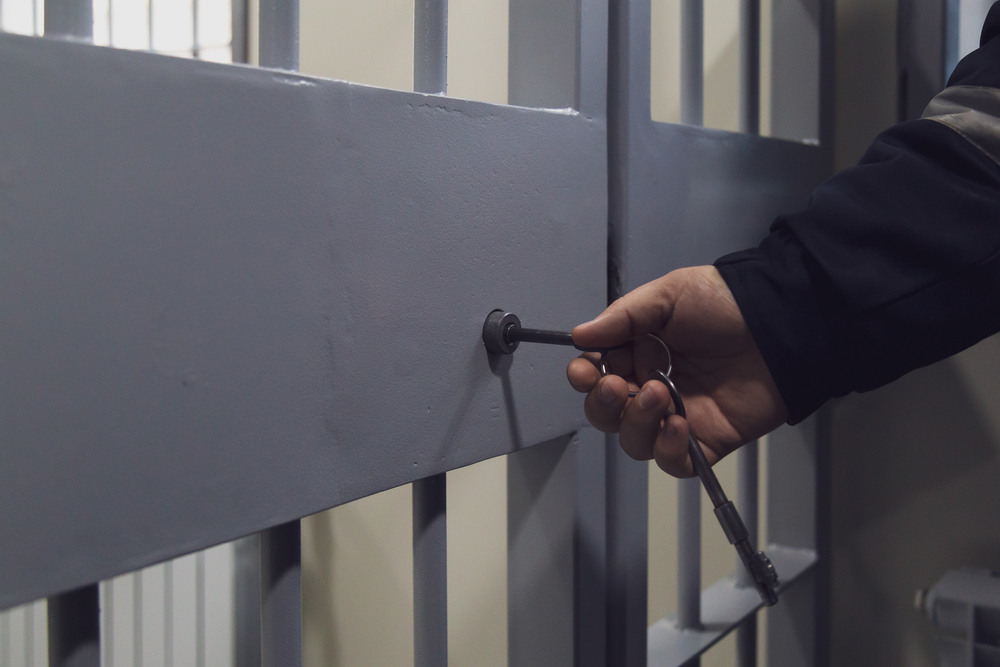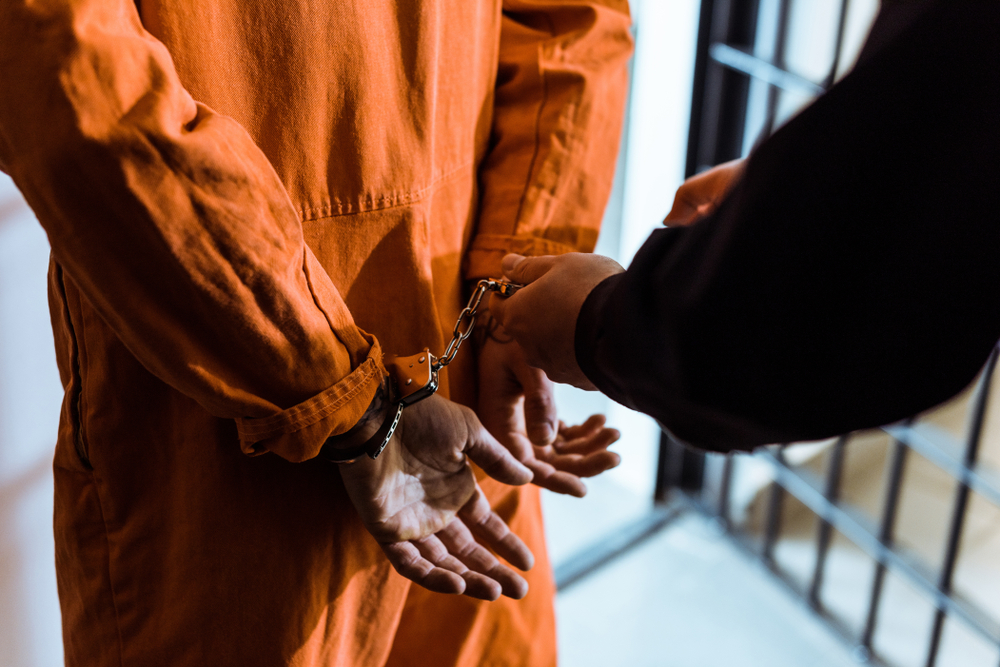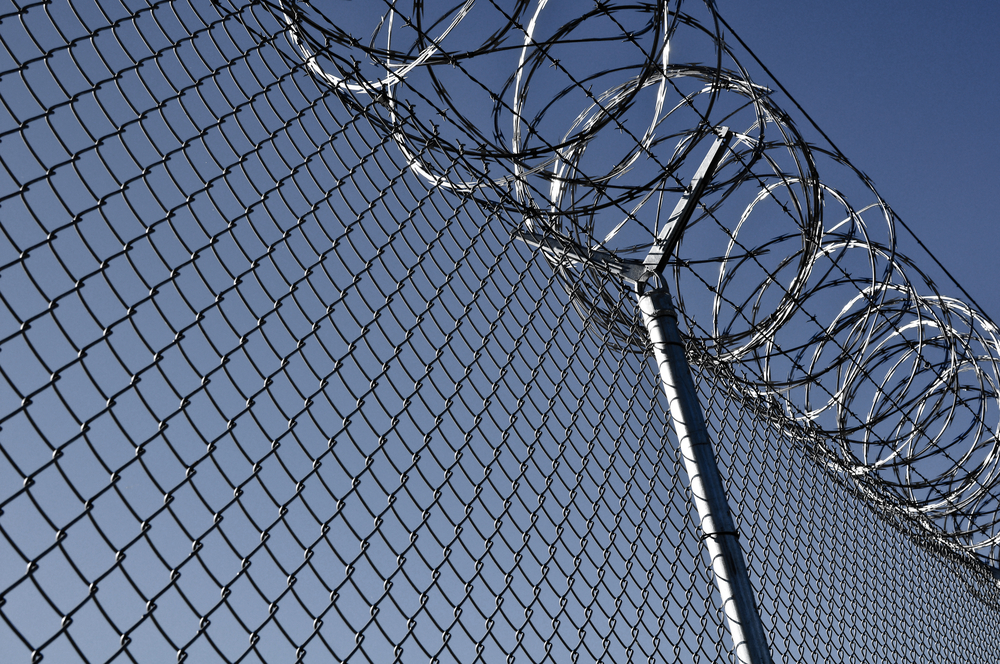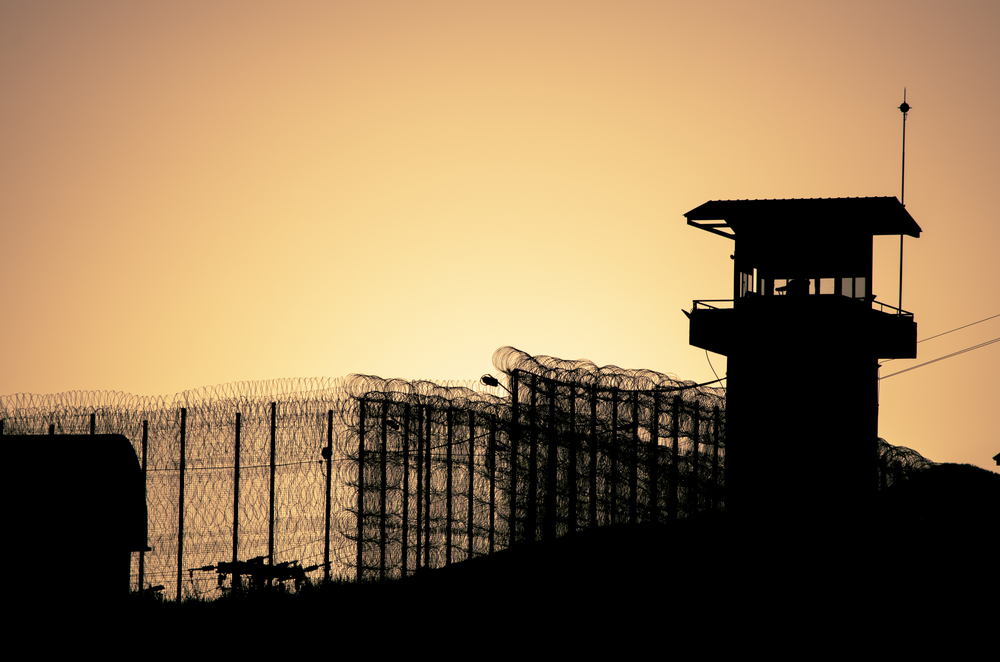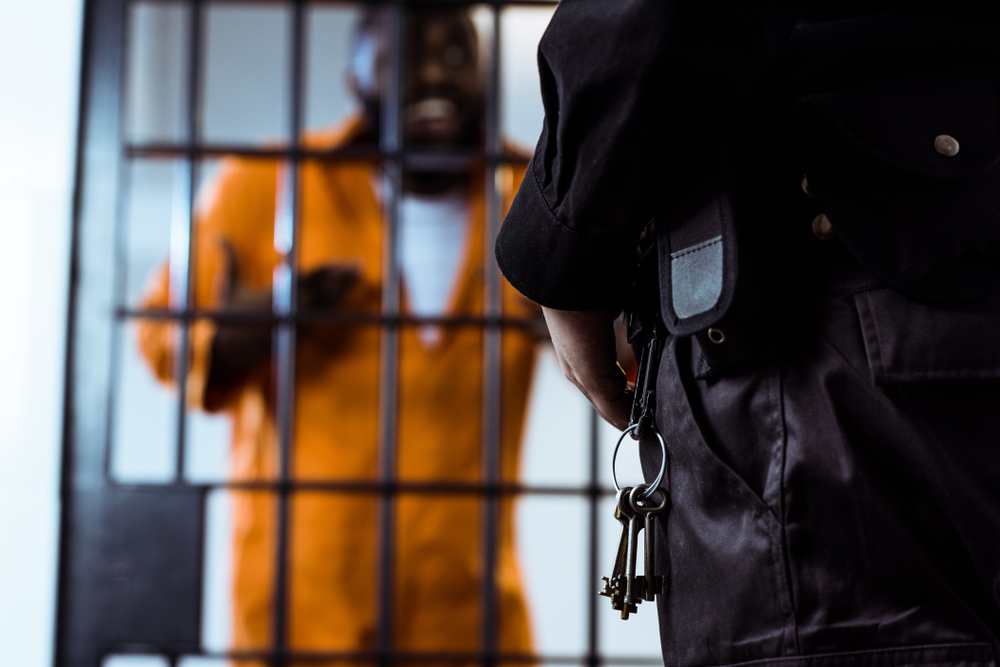History on Repeat: The Sordid Reality of Prison Abuse in the U.S.
U.S. jails and prisons have been under fire for decades for the conditions in which inmates endure. Lawsuits against staff, facilities, and even states for prison abuse and inmate rights violations emerge year after year. Physical and sexual abuse, demeaning treatment, threats, and unsanitary conditions are widespread and reveal a disturbing system in need of change.
But the reality of prison abuse isn’t new, and with the highest incarceration rate in the world and a history of coverups, change won’t come easy. From the 1971 prison riot at the Attica Correctional Facility to the latest civil rights suit against officers at Edna Mahan Correctional Facility, America’s penal system is stuck in a cycle of abuse by both staff and inmates.
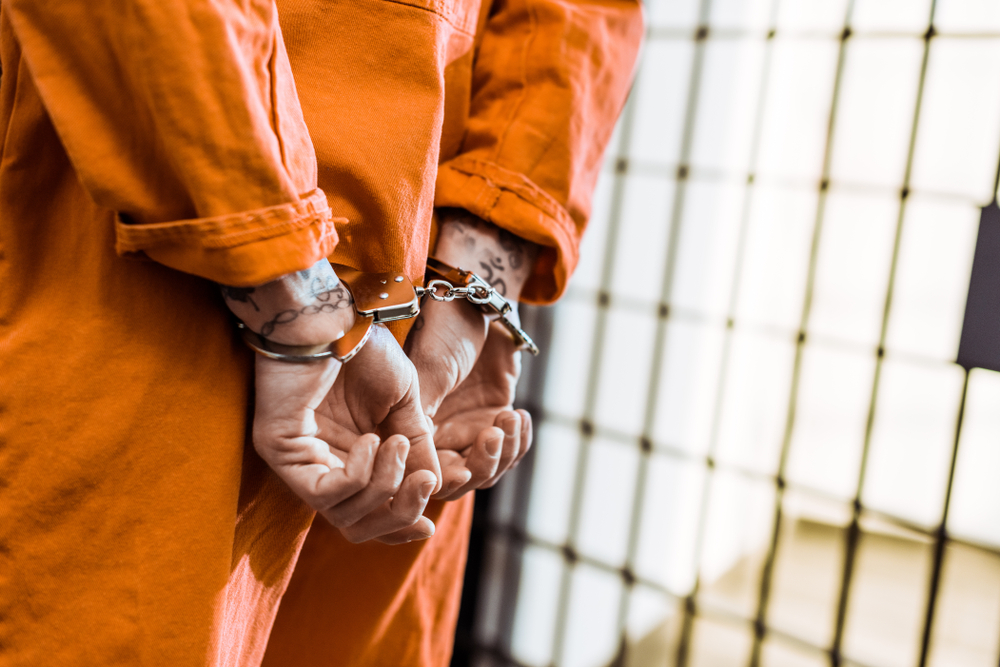
Current Prison Abuse Lawsuits
Much like rampant priest abuse in the Catholic Church, the mistreatment and violence that occurs in jails and prisons is far-reaching and not limited to any one part of the country. California, Michigan, New Jersey, Alabama, Texas, and Florida are just some of the states that have recently seen or are currently facing lawsuits for prison abuse and inhumane conditions.
Inmates have been physically assaulted when handcuffed and defenseless, denied medical treatment, threatened with solitary confinement, lost privileges, and forced into sexual acts. But the claims and allegations haven’t gone completely unanswered.
The Department of Justice (DOJ) launched an investigation into the Edna Mahan Correctional Facility in 2018 after years of complaints of rights violations and abuse. The results were startling; coverups by prison staff were common, three dozen employees were suspended, and five officers were criminally charged for sexual abuse.
While the investigation’s results were a win for justice and accountability, another lawsuit was filed against the facility and staff at Edna Mahan. A former inmate named seven officers who assaulted her during her incarceration, causing lasting physical and mental health issues. This case is just one of many associated with the women’s prison that highlights a troubling culture. A culture that, while violations and prison abuse have been proven time and again, has yet to change.
In December 2020, the DOJ filed another lawsuit for prison abuse, this time for the unconstitutional conditions in Alabama prisons. The state’s prisons are the most lethal in the country, with systemic corruption and escalating violence over the last 15 years. The Justice Department’s lawsuit cites inadequate responses to violence among prisoners, excessive force by guards, and sexual abuse, all of which combine for unsafe living conditions and rights violations.
Recently, unprecedented winter storms in February led to another form of unsafe and inhumane conditions in prisons. Texas had widespread power outages that left facilities without heat, forcing inmates to sleep in freezing cells. Some were without running water for days, with overflowing toilets and no way to wash hands. The lack of water and frigid temperatures endured by prisoners exposed significant issues with the state’s ability to provide basic needs and rights to inmates during emergencies.
The Long History of Prison Abuse in the U.S.
Prison abuse has been around for generations, with civil lawsuits and investigations into state and federal prisons that uncovered gross mistreatment of inmates across the country. Unfortunately, today’s reality looks much like America’s history, with abuse by prison officials and other inmates far too common.
Some of the facilities with a history of abuse and poor living conditions are Pelican Bay Prison in California, Metropolitan Detention Center in New York, and Maricopa County Jail in Arizona. Even a youth detention center in Maryland was in the spotlight in 2004 for abuse and mistreatment.
One of the most infamous prison abuse scandals occurred in New York State in 1971. Commonly referred to as the Attica Prison Riot, almost 1,300 inmates took part in an uprising with a list of demands. Overcrowding, censorship of mailings, and abhorrent living conditions that allowed inmates only one shower per week and one roll of toilet paper per month were all factors that led prisoners to take a stand. The riot lasted four days and resulted in the deaths of 33 inmates and ten prison officers, with some, but not all, prisoner demands met.
Another past prison abuse case involved the Edna Mahan Correctional Facility, the same facility with guards facing lawsuits today. The lawsuit in the 1990s involved two inmates who were sexually assaulted on many occasions, and the accused prison officer was fired as a result. But with Mahan under fire again, the pursuit of change within the facility and America’s penal system has proven unsuccessful in most cases.
In 1995, a high-profile, class-action trial, Madrid v. Gomez, revealed horrendous conditions and abuse of inmates at Pelican Bay State Prison. The lawsuit involved more than 3,500 inmates and shed light on extreme rights violations through excessive force and outright abuse by correctional officers at the supermaximum facility.
Demeaning punishments at Pelican Bay included putting nude inmates outside in a cage-like structure during bad weather. Beatings, denying medical treatment, and hog-tying inmates in their cells for up to 24 hours at a time were common. Unsurprisingly, the trial showed that the conditions and abuse prisoners experienced directly affected their mental and physical health.
Improving Prison Conditions is a Long and Difficult Road
Prison abuse is a serious issue with short- and long-term physical and psychological impacts on victims. With around 2.3 million inmates in prisons and jails across America, the current culture breeds and ignores crime, harms the rehabilitation process, and violates constitutional rights. Inmates are still facing excessive force, sexual abuse, and dehumanizing treatment.
As history repeats itself, the years of physical, sexual, and psychological abuse prisoners have endured have painted a disturbing pattern that raises an important question: What’s being done to address and proactively prevent prison abuse?
It’s unrealistic and unfair to expect inmates to be well adjusted and ready for reintegration upon release when such a negative prison culture exists and the abuse they suffer is normalized.
Advocates and inmates are calling for action. Will they be answered?








